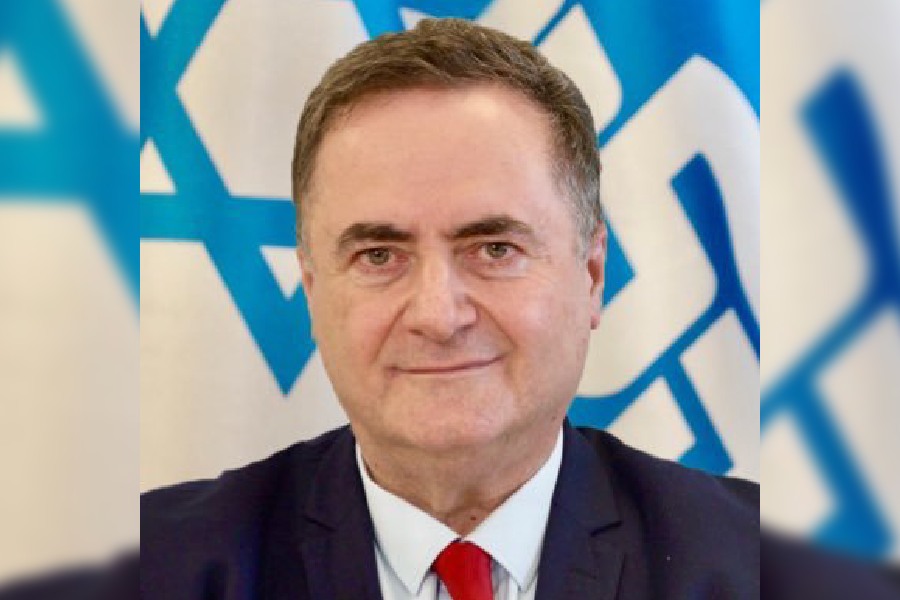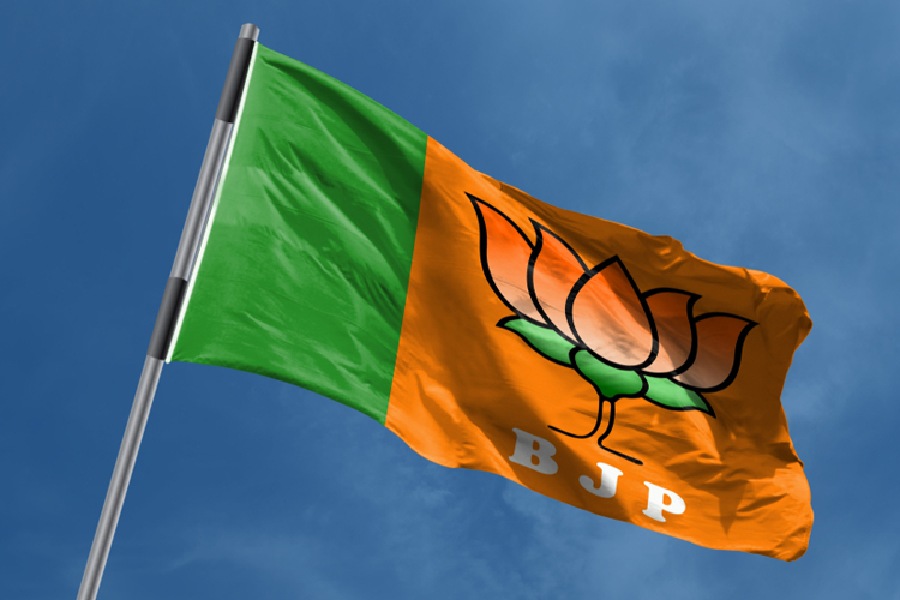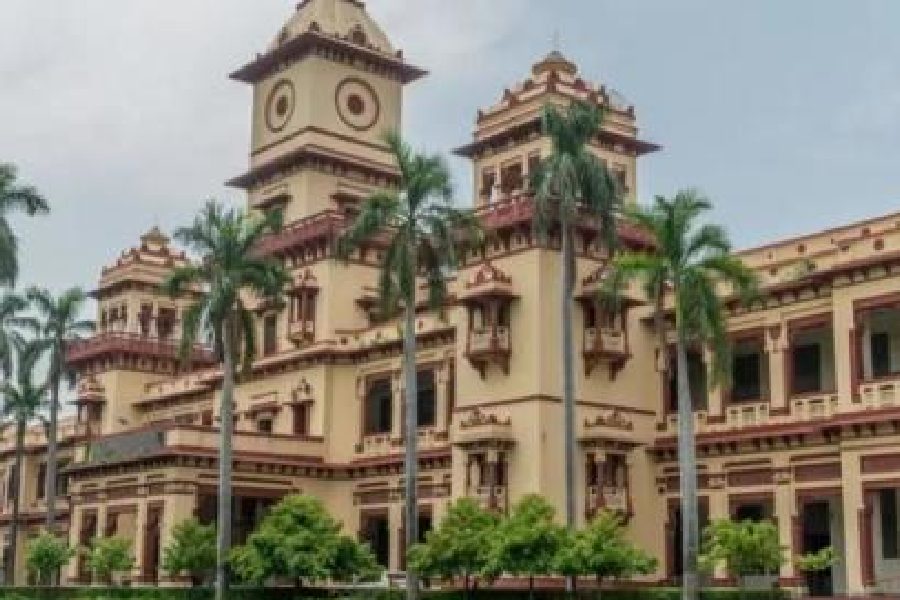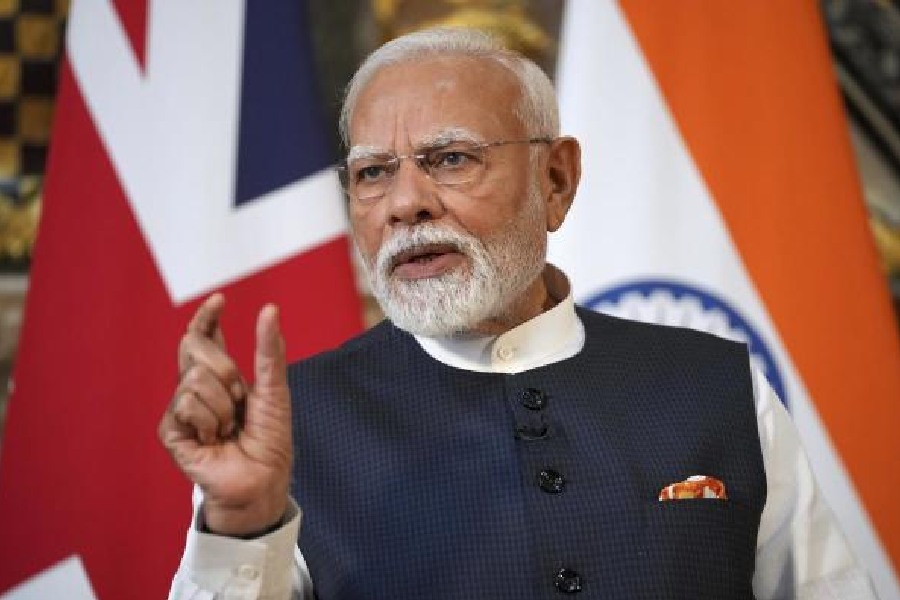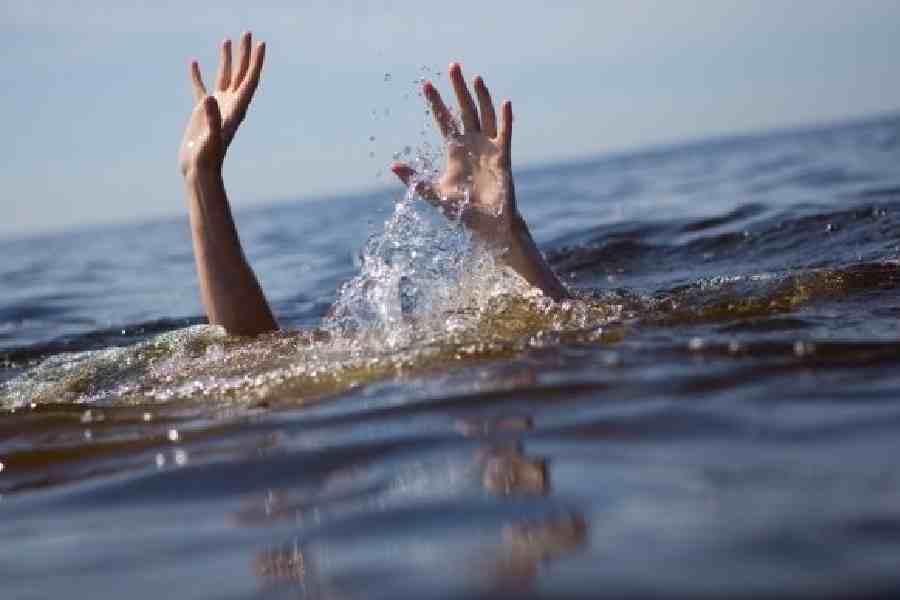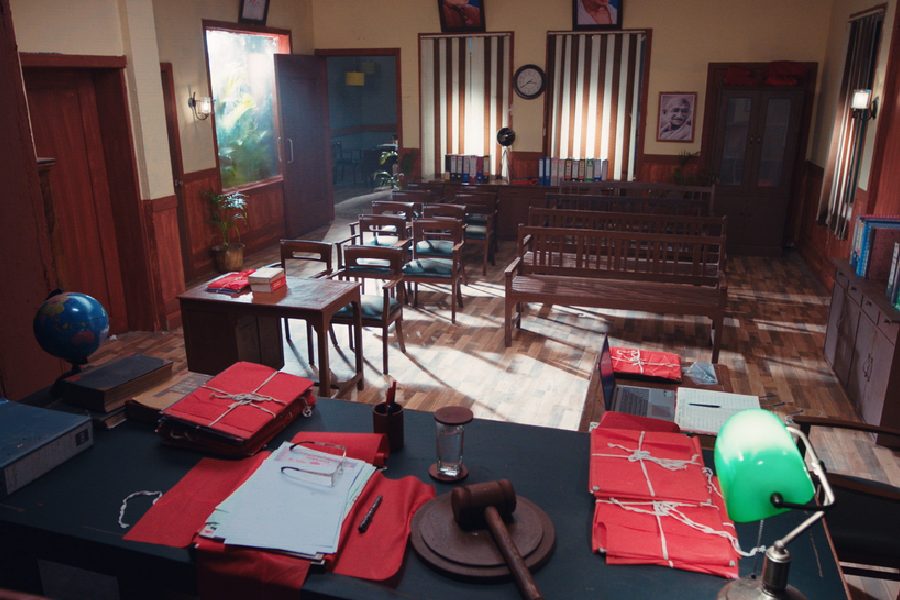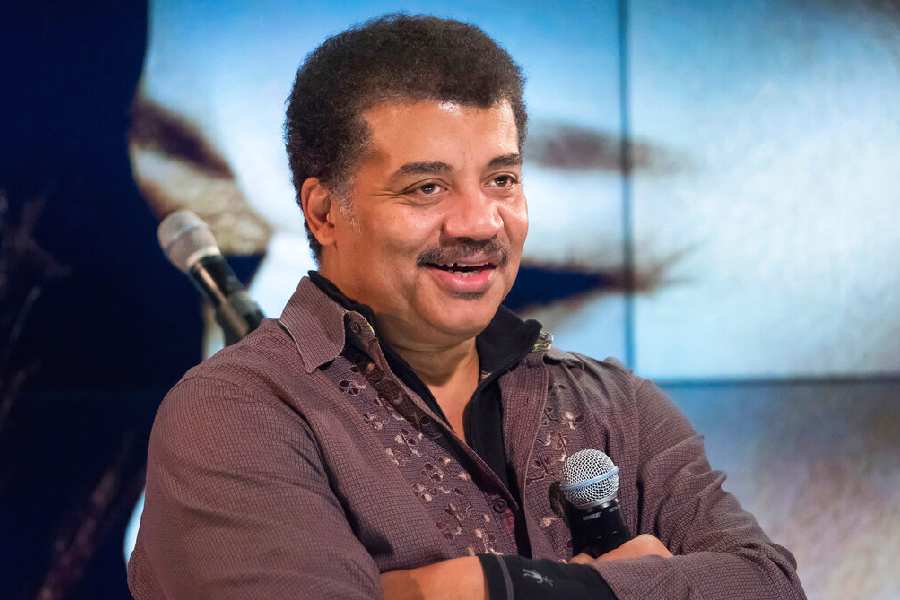Defunct machines and manpower crunch are some of the common issues that health care centres in Bhubaneswar are confronted with. On the eve of World Health Day, Sandeep Mishra of The Telegraph takes a look at the facilities at two such health centres


Capital Hospital
This is Bhubaneswar's biggest health care facility with around 1,500 patients visiting it every day.
The hospital suffers from an acute shortage of doctors. It has a sanctioned strength of 109, including 10 on contractual basis, but 19 posts are lying vacant. Major departments such as nephrology, neurology and radiology have no doctors.
Among other facilities, it has mammography, dialysis and aphaeresis units, but all are lying defunct, as the hospital doesn't have the manpower to operate these machines.
While mammography is done to detect breast cancer, dialysis is a process for removing waste and excess water from the blood. Aphaeresis is used to separate blood component.
A staff member of the hospital said that the mammography machine is under lock and key from 2005, shortly after it was brought to the centre. Mumbai-based Nargis Dutt Foundation had donated the machine.
"Dialysis, mammography and aphaeresis machines need to be handled by experts. We have written to the health department about this," said an official at the hospital.
Hospital superintendent Binod Mishra said that problem would be resolved shortly. He said that sometimes doctors from the SCB Medical College and Hospital were also called, but their visits were irregular.
"I didn't know about this facility in this hospital. I took my wife to a private hospital where I had to spend around Rs 7,000 for screening and medicines," said a city resident Binayak Mohanty. Patients from economically weaker sections would have benefited if the units at the hospital were running.
Hospital superintendent Binod Mishra told The Telegraph that the hospital administration had written to the health department urging it to recruit a radiologist to operate the machine. "We have initiated the process of recruiting a radiologist. Once the unit starts functioning, patients can get the service at an affordable cost of Rs 2,000," said Mishra.
The hospital's existing dialysis unit was set up in 2010 by the then health minister Prasanna Acharya. However, this, too, has stopped functioning for the past two and a half years in absence of a skilled technician.
"Since the dialysis unit is not functioning here, patients are forced to do it at private clinics, which becomes expensive for them," said a patient's attendant Prashant Sahu.
The user's fee for dialysis at Capital Hospital is about Rs 700 whereas in private clinics, the same would cost Rs 2,000 to Rs 3,000.
"My nephew is suffering from a chronic kidney disease for which the doctor here prescribed us to do a dialysis. I had to spend almost Rs 2,500," said Sahu.
The nephrology department is also reeling from staff crunch. Capital Hospital director B.B. Pattnaik said: "In absence of doctors, the nephrology unit has been closed for a long time. We are in the process of recruiting doctors. The unit will start functioning shortly."
Other problems that the hospital is facing are frequent malfunctioning of city scanner, ultrasound facility, freezers at the mortuary.
Municipal Hospital
It is mostly patients from economically weaker section in the nearby areas who visit this hospital. But this, too, has been reeling with manpower crunch.
According to hospital authorities, the sanctioned strength of doctors here is 34 whereas just 20 doctors, including three each in medicine and gynaecology, one each in surgery, paediatric, skin, eye and ENT and one dental surgeon, are manning the health facility.
Hospital authorities alleged that specialised doctors are repeatedly transferred to big hospitals as a result of which most posts remain vacant.
"This hospital is facing an acute shortage of doctors as the administration is transferring the existing specialised doctors to other hospitals on a regular basis. This has left several posts vacant here for years," alleged a senior doctor of the hospital.
Chief medical officer of the hospital Nirod Sahu said the manpower crunch was a long-standing problem and the administration was taking steps to tackle it.
"Unavailability of doctors is a common problem in almost every public hospital. The steps for recruiting contractual and ad-hoc doctors are not effective as the salaries are too low," said Sahu.
The hospital receives about 500 outpatients per day and can accommodate 100 inpatients. "Most of the people from Old Town depend on the hospital, as this is the only big health facility in this locality," said Kamala Pradhan, a local.
The hospital is reportedly the first public institution in the city to use solar photovoltaic panels for power generation, but none of them are working now.
"The solar panels were installed three years back as a backup tool for power generation, but because of poor maintenance, they are lying defunct," said a hospital staff member.
The pathology lab and the X-ray room are also in a dilapidated condition forcing many patients to get their tests done from private centres.
"Both the lab and the X-ray machines need to be repaired. We have asked the Bhubaneswar Municipal Corporation to look into the matter," said Nirod Sahoo, chief municipal medical officer of the hospital.


